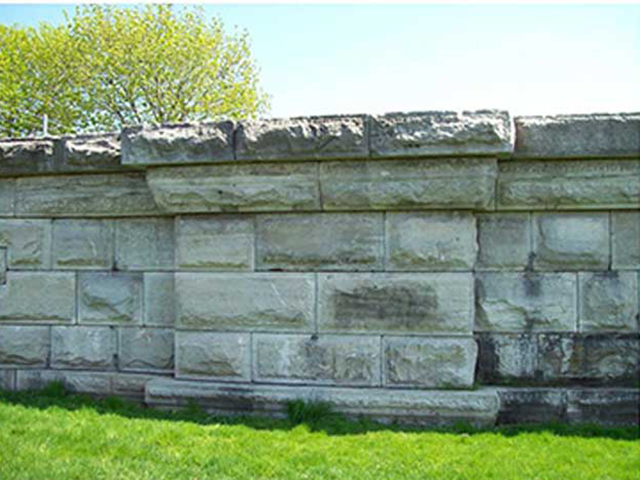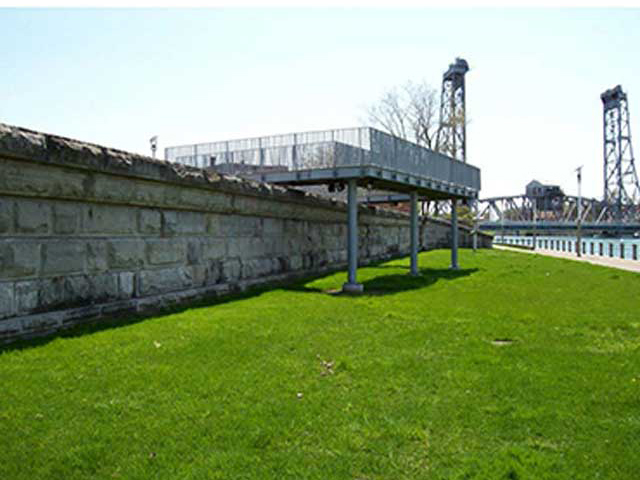Welland Canal Second Aqueduct
This stone aqueduct was constructed to replace the original 1829 wooden aqueduct that carried the Canal over the Welland River. Built between 1842 and 1850, it consists of thousands of square cut stones, each weighing approximately one ton. This aqueduct remained in use until the fourth Welland Canal was constructed between 1913 and 1932.
- 60 East Main Street, behind Civic Square
- Designated: 2022
- By-law number: 2022-114
Resources
Contact
- Heritage Advisory Committee
- Civic Square,
60 East Main St., Welland, ON L3B 3X4 - info@wellandheritage.ca

